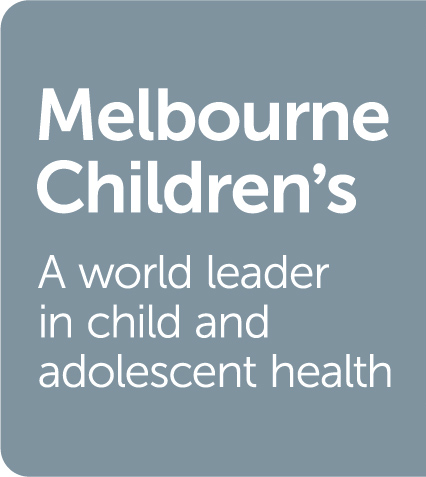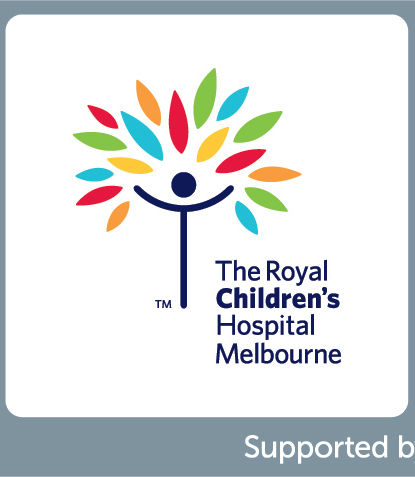MYPS: Neurocognitive development
| Relevant LifeCourse Constructs | Year | 2003-2005 | 2003-2005 | 2003-2006 | 2004-2007 | 2004-2007 | 2004-2007 | 2004-2006 | 2005-2008 | 2005-0 | 2006-0 | 2008-2011 | 2013-0 | 2013-0 | 2020-Ongoing |
|---|---|---|---|---|---|---|---|---|---|---|---|---|---|---|---|
| Wave | 1 | 2 | 2a | 3 | 4 | 5 | 6 | 7 | 8/11/13 | 9/12/14 | 10 | 15 | 15a | 15b | |
| Age | 10-20 weeks gestation | 30-32 weeks gestation | Birth records abstraction | 3 months postpartum | 6 months postpartum | 9 months postpartum | 12 months postpartum | 18 months postpartum | 6 months postpartum (2nd/3rd/4th) | 12 months postpartum (2nd/3rd/4th) | 4 years postpartum | 10 years postpartum | 10 years postpartum | 14 years postpartum | |
| N | 1507 | 1454 | 1454 | 1431 | 1400 | 1387 | 1357 | 1327 | 840 (second child) 214 (third child) 29 (fourth child) | 840 (second child) 222 (third child) 32 (fourth child) | 1102 | 952 mother (questionnaire completed) | 615 mother-child pairs (site assessment) | 1143 mother 1142 young people | |
| Cognitive functions | S:CCC-2 O | ||||||||||||||
| Communication skills | S:SSIS O | S:CCC-2 O | |||||||||||||
| Executive cognitive functions | O:NIHTCB-FICAT O O:NIHTCB-DCCST O O:WASI-II O | ||||||||||||||
| Intelligence | O:WASI-II O | ||||||||||||||
| Memory | O:NIHTCB-PSMT O O:NIHTCB-LSWMT O | ||||||||||||||
| Memory assessment | O:CELF-4 O 1 | ||||||||||||||
| Persistence | S:SATI O | ||||||||||||||
| Pervasive developmental disorder | S:SSIS O | O:DAWBA (11-17) O S:DAWBA (11-17) O S:DAWBA (11-17) O | |||||||||||||
| Processing speed | O:NIHTCB-PCPST O O:CELF-4 O 1 | ||||||||||||||
| Tics | O:DAWBA (11-17) O S:DAWBA (11-17) O S:DAWBA (11-17) O | ||||||||||||||
| Visuospatial reasoning | O:WASI-II O | ||||||||||||||
Featured measurements
- CCC-2
-
: Children’s Communication Checklist - Second Edition - CELF-4
-
: Clinical Evaluation of Language Fundamentals: Fourth Edition - DAWBA (11-17)
-
: Development and Well-Being Assessment (11-17) - NIHTCB-DCCST
-
: National Institutes of Health Toolbox Cognition Battery: Dimensional Change Card Sort Test - NIHTCB-FICAT
-
: National Institutes of Health Toolbox Cognition Battery: Flanker Inhibitory Control and Attention Test - NIHTCB-LSWMT
-
: National Institutes of Health Toolbox Cognition Battery: List Sorting Working Memory Test - NIHTCB-PCPST
-
: National Institutes of Health Toolbox Cognition Battery: Pattern Comparison Processing Speed Test - NIHTCB-PSMT
-
: National Institutes of Health Toolbox Cognition Battery: Picture Sequence Memory Test - SATI
-
: School Aged Temperament Inventory - SSIS
-
: Social Skills Improvement System - WASI-II
-
: Wechsler Abbreviated Scale of Intelligence: Second Edition
Notes
The Centre for Research Excellence in Child Language (CRE-CL) has developed a language testing app, called the Short-Form Language Measure – composed of NPVT, CNRep and the Recalling Sentences subtest from CELF-4. The app has been produced subject to third party licences and any interest in using this app must be directed to the CRE-CL (Penny Levickis, penny.levickis@mcri.edu.au, +613 8341 6454). Please note: Maternal Health Study did not use the CNRep portion of the test.
Legend
- B
= Biosample collected- BA
= Biosample analysis- G
= Grandparent(s) completed questionnaire- L
= Data linkage- N
= Nurse completed questionnaire- O
= Observation or direct assessment- Of
= Offspring completed questionnaire- P
= Parent/guardian completed questionnaire- Pe
= Peer completed questionnaire- R
= Records abstraction- S
= Self (primary participant) completed questionnaire- T
= Teacher completed questionnaire- X
= Other source- X F
-
= Pertains to father - X Fam
-
= Pertains to family - X G
-
= Pertains to grandparent(s) - X I
-
= Pertains to primary participant - X IP
-
= Pertains to partner - X M
-
= Pertains to mother - X O
-
= Pertains to offspring - X P
-
= Pertains to parent/guardian(s) - X Pe
-
= Pertains to peers - X Si
-
= Pertains to sibling(s) - X T
-
= Pertains to teacher(s) - X X
-
= Pertains to other reportees
Metadata presented by LifeCourse provides a crucial first step in understanding the available data across studies. It does not take the place of detailed study documentation, which should always be consulted during design and analysis.



